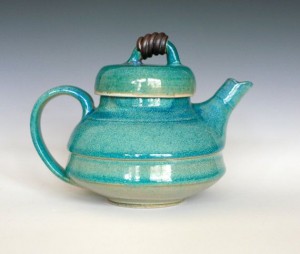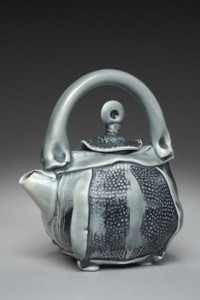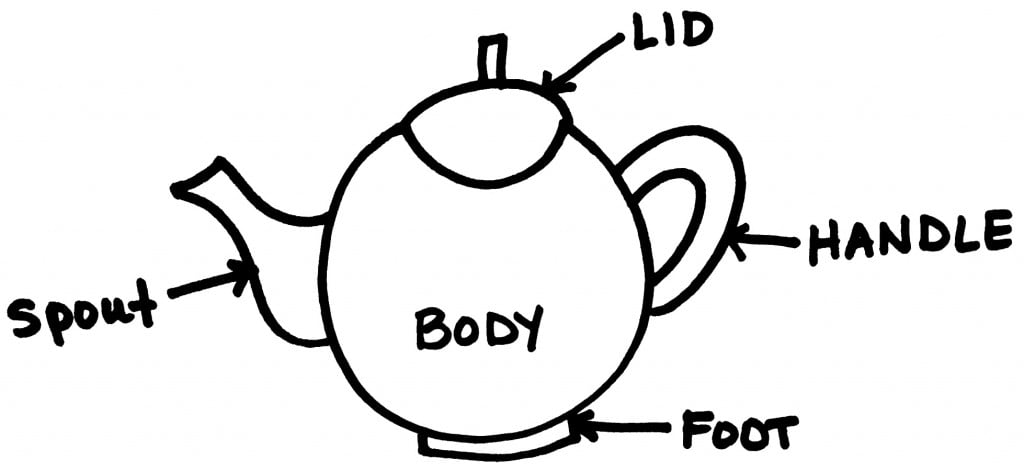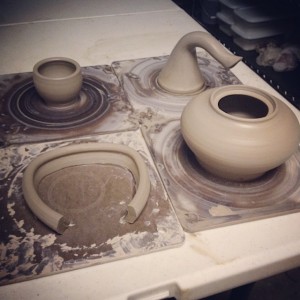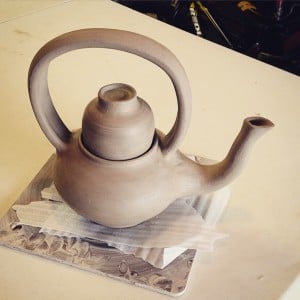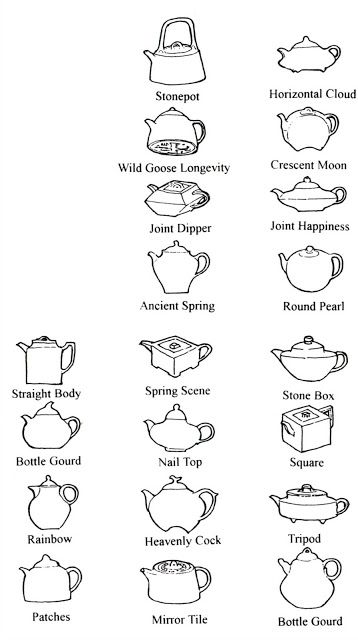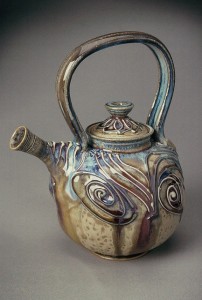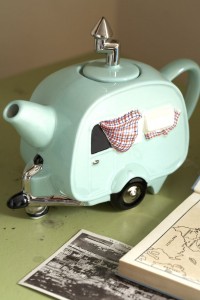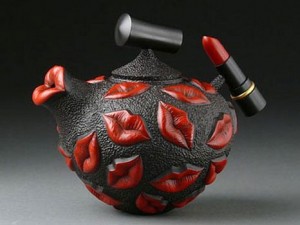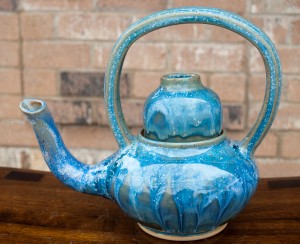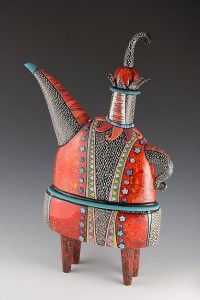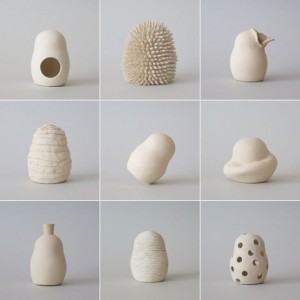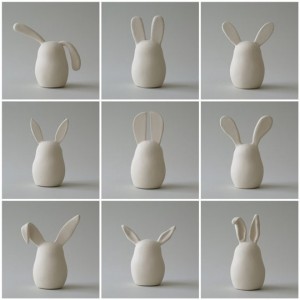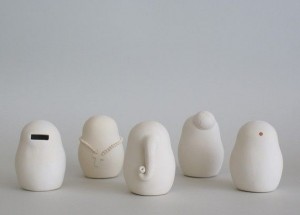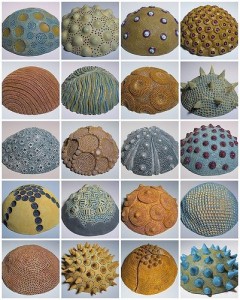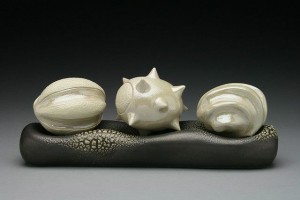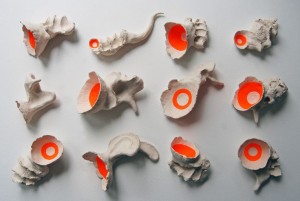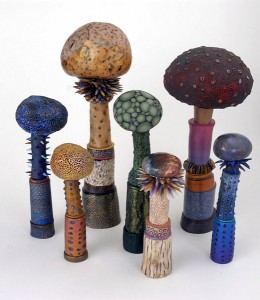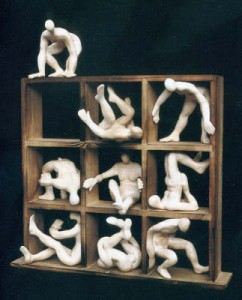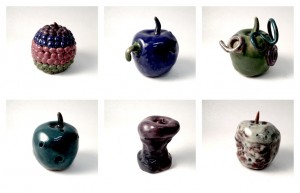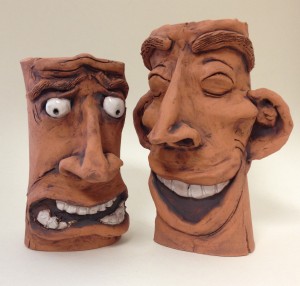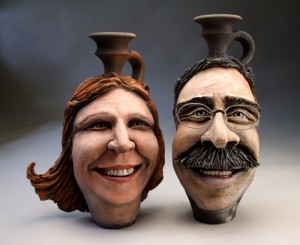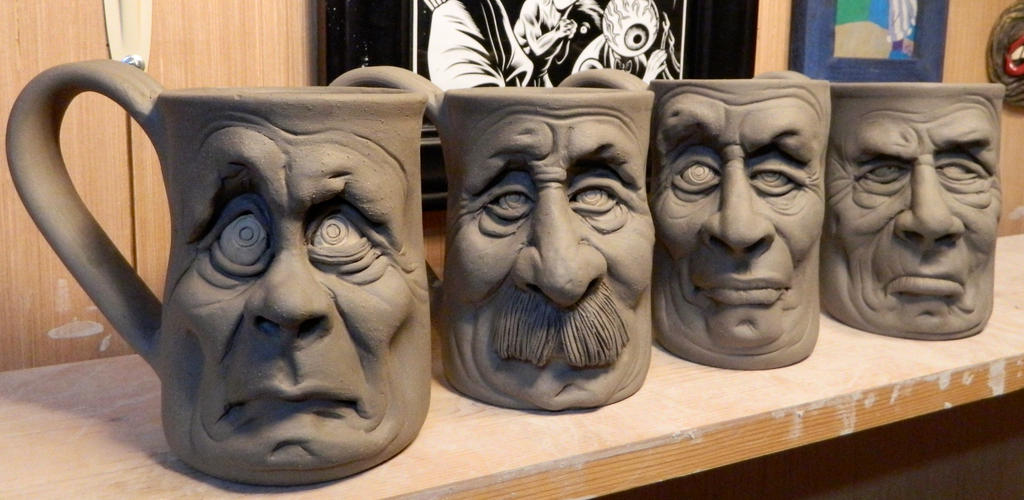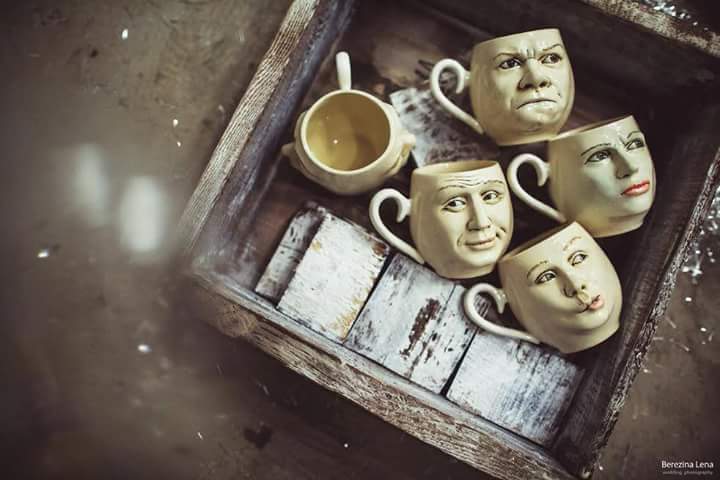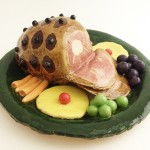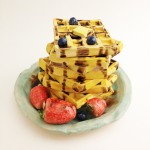At least once a six weeks, we will visit an artist and look at their work and ask these questions in a classroom discussion.
- Does it have an identifiable style?
- What are the markers or characteristics of its style?
- Rate the formal aspects of this work: contrast, line, form, etc.
- Is it beautiful, visually interesting, novel, sublime, memorable or exciting?
- Is it assaulting, powerful, gutsy or coarse?
- Is it made well; is it well crafted?
- Does the quality of craft in the work matter?
- Does the work conform to an “expected weight”?
- Does that matter?
- Does the piece make the most of its functional aspect (if it has one)?
- Does the work conform to its maker’s intent?
- Does that matter?
- What if we don’t know the maker’s intent?
- Does it exploit universal qualities that would mean something to anyone anywhere?
- Does the work benefit or suffer from events that were somewhat outside the artist’s control (such as firing)?
- How does that effect the art content of the work?
- Does the work express feelings or emotions?
- Does it do that clearly?
- Do the various parts of the work seem to belong together?
- If glaze is the piece’s clothes, how well dressed is this piece?
- How would you make this piece better?
- Can this piece be made efficiently in quantity?
- Is there anything going on with this work that could benefit your own work?
- How would we establish a monetary value for this work?
- How much money is it worth? Give it a narrow price range if you can.
- Would you buy this piece if you had the money?
- How does monetary value relate to aesthetic value in this work?


